American travel to Cuba has been restricted since the early 1960s, although some Americans have visited the capital city Havana on cruise ship stops. But Havana is no more the real Cuba than Paris is the real France. To really understand the nation you must get out to the country, which includes Camagüey, roughly 350 miles east of Havana.
Camagüey is actually the third largest city in Cuba with its 325,000 inhabitants. Unlike the more cosmopolitan Havana, Camagüey retains its deep Spanish influence. The city also retains the charm – and tendency to get lost – in its winding, narrow streets. As we discovered during our three days there, Camagüey’s old town area is a maze of blind alleys and small squares with small streets leading off in many directions. We visited several of the squares, starting with the one right outside our quaint hotel, as well as to the outlying countryside to visit farms.
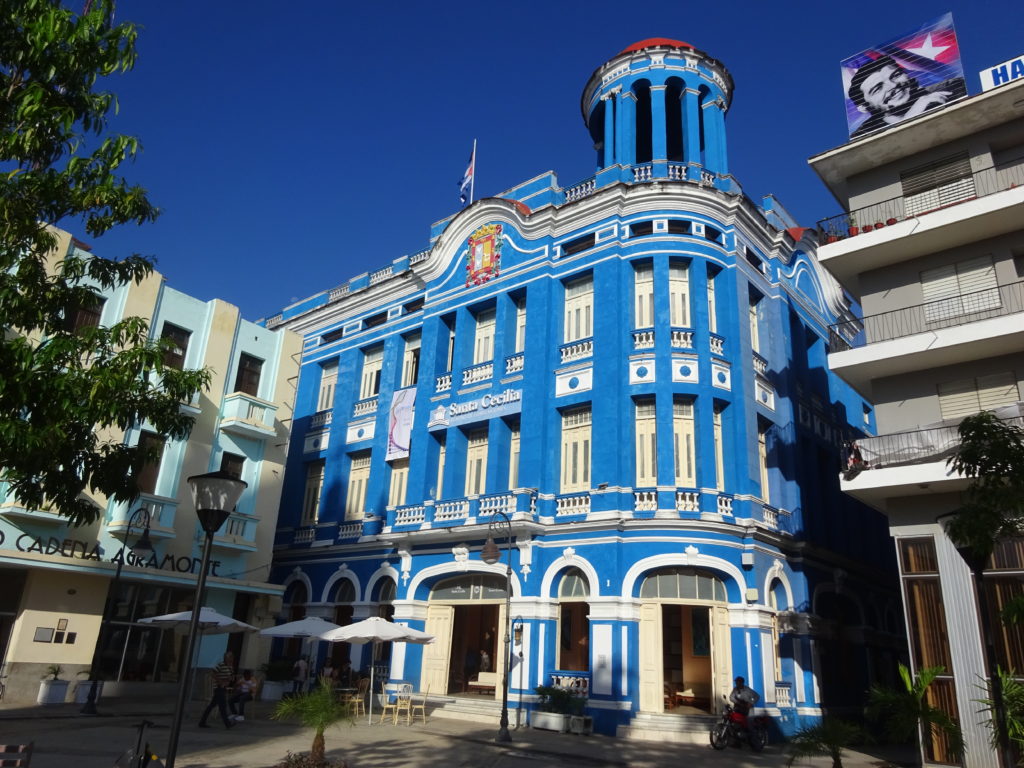
Local mythology claims that the confusion caused by this maze was intentional as a means of getting invaders hopelessly lost in the city, but in reality it probably is just a lack of central planning.
In Camagüey and environs we visited with many local artists including Pepe Gutierrez (beautiful work in leather), the Casanova family (potters), Ileana Sanchez and Joel Jover (eclectic painters), and Martha Jimenez (sculpture and painting). Each gave us an exhibition of their work, then answered our sometimes insightful, sometimes clueless questions. Usually this was through translation by our local guide since most Cubans outside Havana are as monolingual as most Americans.
We also got a sense of the realities of food distribution in this centrally controlled communist economic system. A visit to an outlying dairy farm gave us a first hand look at cow milking and horse shoeing, but also the knowledge that all the milk produced is sold to the government (except for some held for personal family use). Farmers aren’t allowed to sell directly to the public. Instead the raw milk is sent to the government, which has it pasteurized in a government-approved plant and then redistributed back to the people. The same process is used for other commodities such as rice, chicken, wheat, eggs, etc.
Which gets us to the ration stores. In Camagüey and the other small towns we stopped in it was common to see groups of people milling around outside. Some of this was to capture any breeze as air conditioning is essentially non-existent outside the tourist hotels (indeed, many places don’t have running water or electricity much of the day). But crowds also gathered at ration stores that were expecting a shipment of chickens or eggs or bread, surging in with their ration books to get their allocated portion before the supply ran out. When we were there the country had been suffering under a grain shortage, which meant a lack of not only bread but feed for chickens, and subsequently also a shortage of eggs. Even when you could get these commodities, the amount allocated to each family was extremely limited (e.g., a few eggs for a family for the week).
While the central collection and distribution system is inherently inefficient and prone to corruption, much of the chronic shortages are due to two factors: 1) Cuba is an island and can’t produce enough food to meet its needs (about two-thirds of the rice eaten is imported, a stunning fact for a nation in which rice and beans is the base dish at every meal), and 2) the ongoing (and now expanded) U.S. embargo, which blocks any U.S. direct trade with Cuba as well as effectively blocking trade from other countries by penalizing those foreign businesses that try to do business with Cuba.
If all you see of Cuba is Havana you’ll walk away with a false perception of the island. One obvious example is reflected in the hundreds of “classic cars” used as taxis to shuttle tourists around the capital city. In reality, there is only 1 car for every 167,000 Cubans. What cars they have are cobbled together and unreliable, as is the availability of gasoline (or homemade oil) needed to keep them running. Travel by ox or horse cart, or by bicycle or pedicab (one of our regular forms of transportation in Camagüey and elsewhere), is more the norm, as is walking. A lot of walking. Oh, and the big ritzy western-style Hotel Nacional in Havana is a huge contrast to the tiny, more humble, adobe abodes in which most Cubans – including those with professional jobs like psychologists and hotel managers – live (pay rates are also strictly controlled by the government).
I traveled on one of the “people-to-people” tours with Road Scholar that take advantage of an exemption in the embargo. With the recent administration edict further restricting travel, I’m not sure whether these programs can still run. If they can, I highly recommend going to Cuba and getting out to the towns and countryside far away from Havana where you can learn a little more about the real Cuba.
David J. Kent is an avid science traveler and the author of Lincoln: The Man Who Saved America, in Barnes and Noble stores now. His previous books include Tesla: The Wizard of Electricity and Edison: The Inventor of the Modern World and two specialty e-books: Nikola Tesla: Renewable Energy Ahead of Its Time and Abraham Lincoln and Nikola Tesla: Connected by Fate.
Check out my Goodreads author page. While you’re at it, “Like” my Facebook author page for more updates!









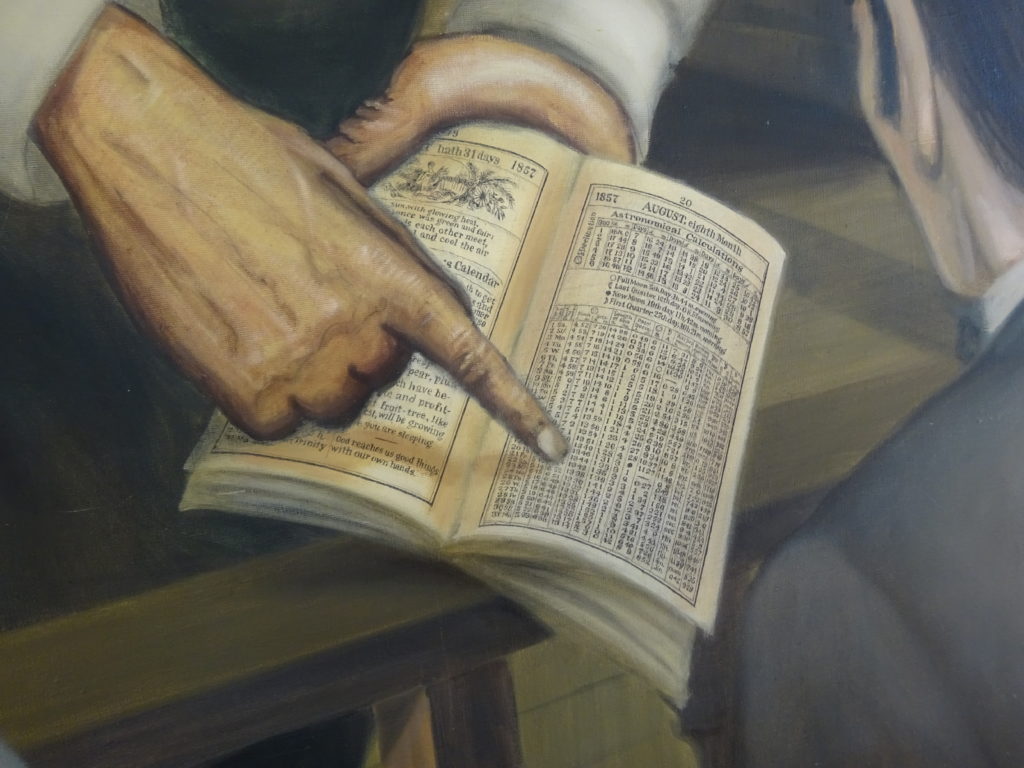




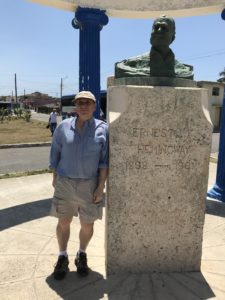 For twenty years of his life, Ernest Hemingway lived on the outskirts of Havana, Cuba. I spent some time recently visiting with the man who wrote The Old Man and the Sea. In fact, I visited the place where the real old man used to put to sea.
For twenty years of his life, Ernest Hemingway lived on the outskirts of Havana, Cuba. I spent some time recently visiting with the man who wrote The Old Man and the Sea. In fact, I visited the place where the real old man used to put to sea.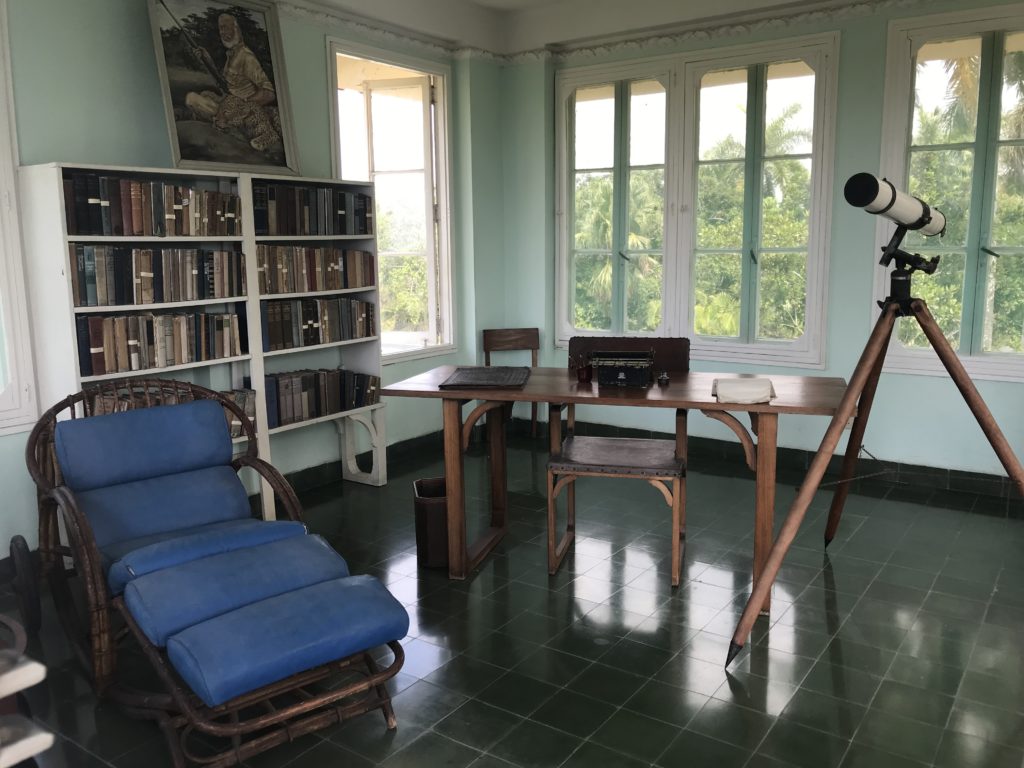
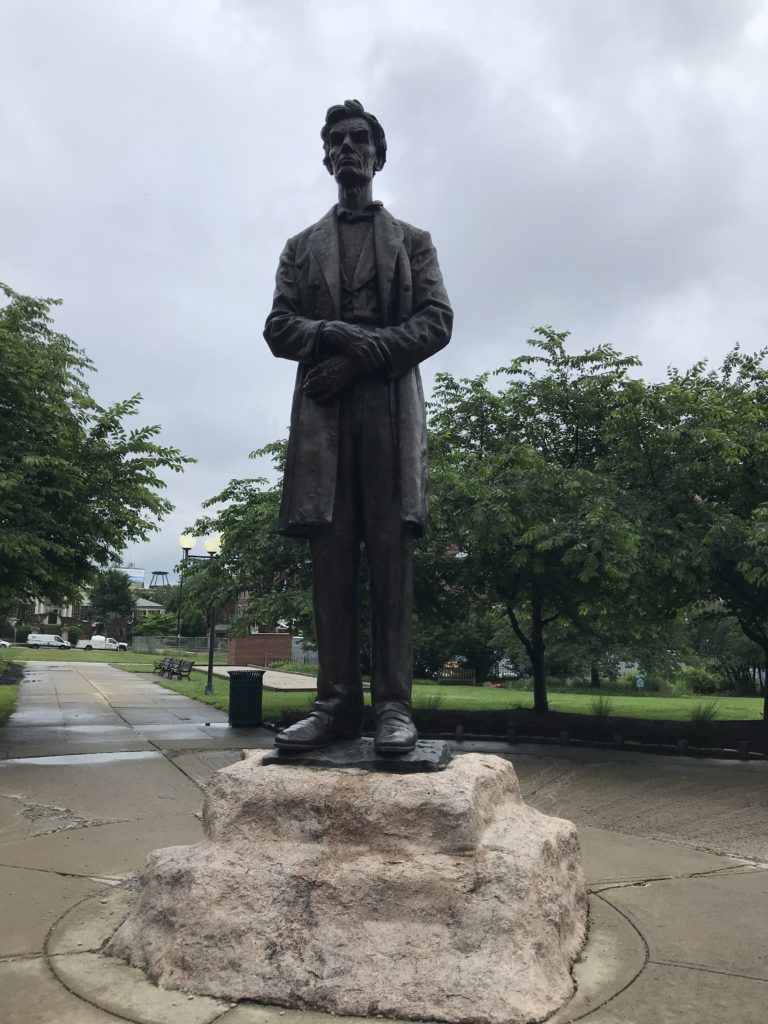 To be honest, it does look like Lincoln is feeling some distress (and not just because I was dodging rain drops to take the photo). The sculptor, George Grey Barnard, intended a frontier Lincoln, dressed his usual frumpy, with his arms clasped in front of him. At 11 feet tall, plus a pedestal, the statue is rather impressive.
To be honest, it does look like Lincoln is feeling some distress (and not just because I was dodging rain drops to take the photo). The sculptor, George Grey Barnard, intended a frontier Lincoln, dressed his usual frumpy, with his arms clasped in front of him. At 11 feet tall, plus a pedestal, the statue is rather impressive.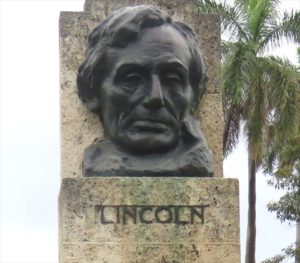 Abraham Lincoln is everywhere. I just saw his bust in a park in
Abraham Lincoln is everywhere. I just saw his bust in a park in 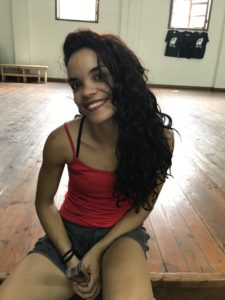 Marianna spoke no English, and my ten words of Spanish were insufficient for a conversation. Through a translator we conversed about the modern dance she and her troupe had just performed. Marianna was one of many “people-to-people” interactions we had during my recent 10-day
Marianna spoke no English, and my ten words of Spanish were insufficient for a conversation. Through a translator we conversed about the modern dance she and her troupe had just performed. Marianna was one of many “people-to-people” interactions we had during my recent 10-day 










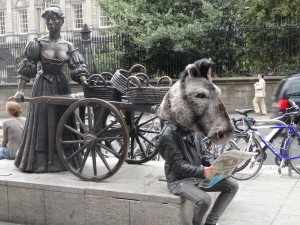 To say that my first real travel experience outside the United States (other than
To say that my first real travel experience outside the United States (other than 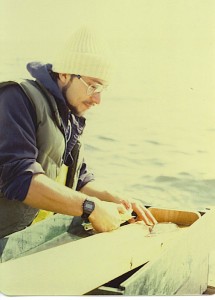 A while back I wrote a post called
A while back I wrote a post called 
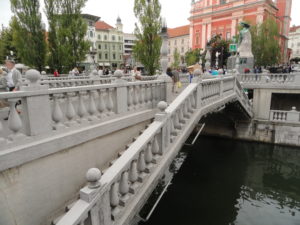 Several years ago I took a road trip through central Europe. Starting in Bratislava, the route took us through Vienna, Munich, Fussen (home of the famed Neuschwanstein Castle), Munich, Salzburg, and Budapest. Rather than backtrack through Vienna, we decided on a whim to drive south to the capital city of Slovenia, Ljubljana, home of the triple bridge.
Several years ago I took a road trip through central Europe. Starting in Bratislava, the route took us through Vienna, Munich, Fussen (home of the famed Neuschwanstein Castle), Munich, Salzburg, and Budapest. Rather than backtrack through Vienna, we decided on a whim to drive south to the capital city of Slovenia, Ljubljana, home of the triple bridge.







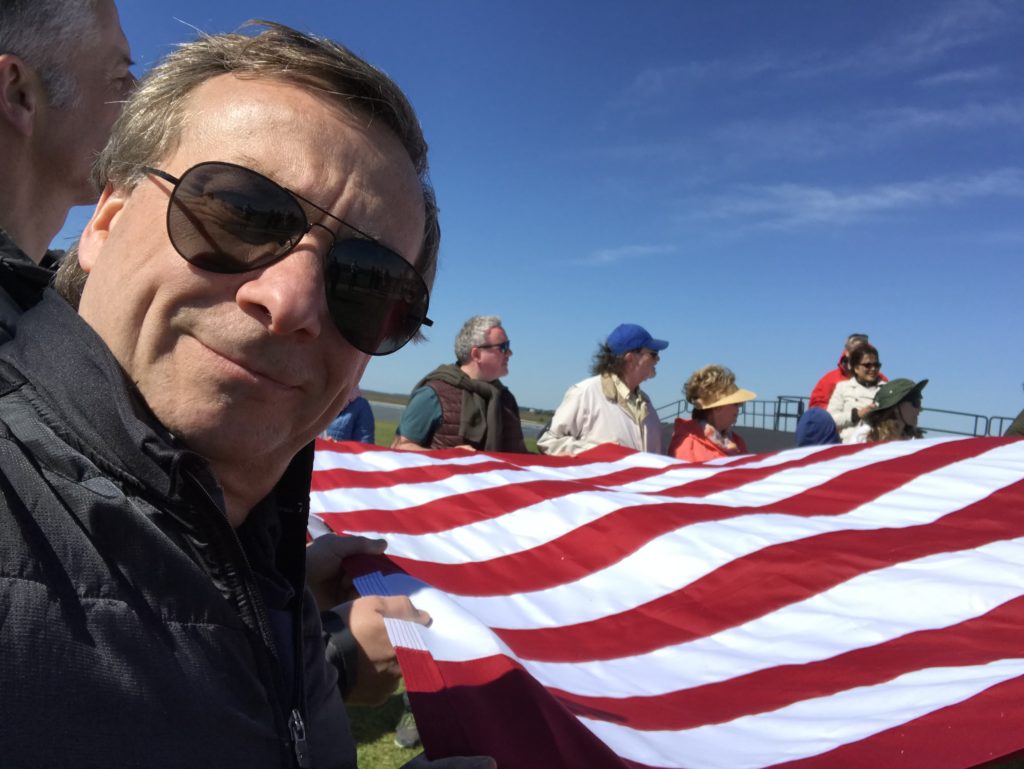
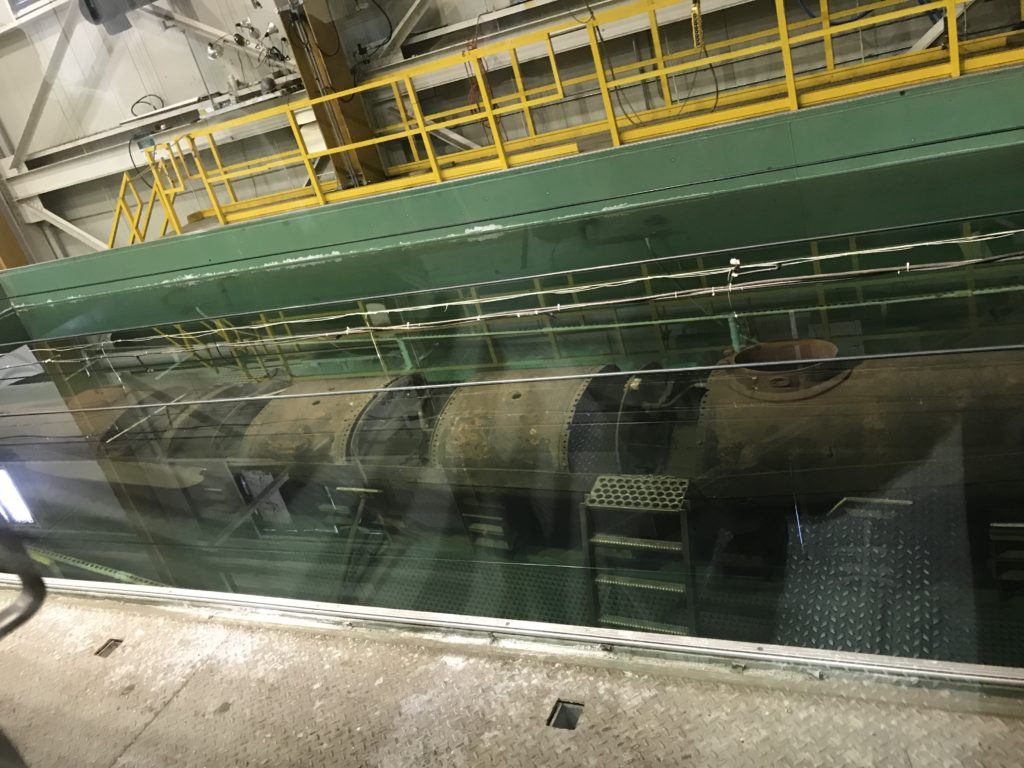
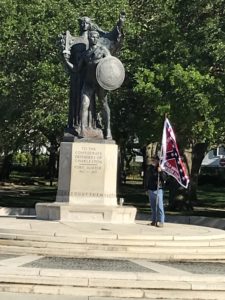 The Civil War theme didn’t stop there. I also visited an old
The Civil War theme didn’t stop there. I also visited an old 






